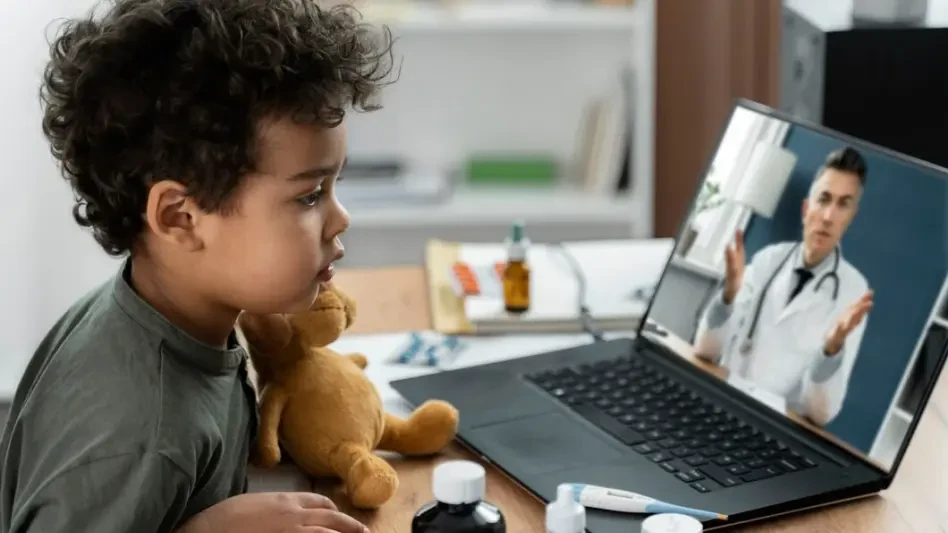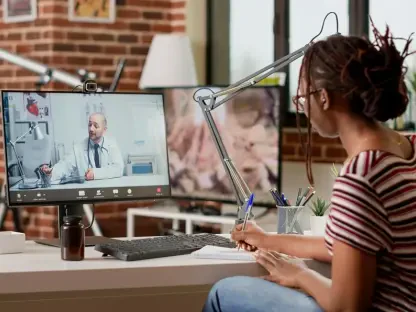Today, we’re thrilled to sit down with Faisal Zain, a renowned healthcare expert with a deep background in medical technology and innovation. With years of experience in the development of diagnostic and treatment devices, Faisal brings a unique perspective on how technology is reshaping healthcare delivery. In this interview, we dive into the exciting launch of a new telehealth service for pediatric care by a major healthcare provider, exploring the motivations behind it, the practical benefits for families, and how it fits into the broader landscape of virtual healthcare solutions. We’ll also touch on the challenges and opportunities of providing accessible, high-quality medical care for children through digital platforms.
How did the idea for a telehealth service focused on pediatric care come about, and what specific needs in children’s healthcare were you aiming to address?
I think the inspiration came from recognizing a real gap in how accessible and timely care is for children. Parents often struggle to get quick medical advice for common issues like rashes or pink eye without dragging their child to urgent care or waiting for a pediatrician appointment. We saw an opportunity to step in with a virtual solution that could provide expert guidance for kids aged 2 to 11, focusing on over a dozen everyday conditions. It’s about reducing stress for families and ensuring kids get help when they need it most.
What types of pediatric conditions are covered by this service, and why were these particular ones chosen as the starting point?
We’ve targeted a range of common issues that parents frequently encounter, such as skin conditions like eczema or diaper rash, infections like pink eye, and even medication renewals for asthma or allergies. These were selected because they’re prevalent, often time-sensitive, and can be effectively assessed and managed through virtual consultations. They’re the kind of things that don’t always require an in-person visit but still need professional input to avoid complications or discomfort for the child.
Can you walk us through how parents or guardians can use this telehealth service for their children?
Absolutely. It’s designed to be straightforward. Parents can initiate a consultation through our platform, choosing between a message-based visit or a video call, depending on the urgency and nature of the concern. They’ll fill out some basic information about their child’s symptoms, and then they’re connected with a family care provider who can offer advice, diagnose, or prescribe if needed. The whole process is built to fit into a busy parent’s day, whether it’s late at night or during a quick break.
What’s the thinking behind the pricing model for these virtual visits, and how do you ensure it’s accessible to a wide range of families?
We set message-based visits at $29 and video consultations at $49 to keep costs predictable and reasonable. The idea was to make sure that even families without insurance or specific memberships could afford to get medical advice for their kids. Accessibility is a core principle here—by not requiring subscriptions or additional commitments, we’re lowering the barrier for parents who just need a one-off consultation for something like a bug bite or a fever.
How does this pediatric telehealth service connect with other healthcare offerings, particularly in terms of prescription fulfillment or broader care platforms?
It’s tightly integrated with our pharmacy services, so if a child needs a prescription, parents can easily have it filled through our online pharmacy or choose their preferred local option. Beyond that, this service is part of a larger primary care ecosystem that we’ve been building, which includes virtual and in-person care for a variety of needs. It’s all about creating a seamless experience where pediatric care is just one piece of a comprehensive health solution for the whole family.
What sets this telehealth service apart from other pediatric virtual care options available to parents today?
I believe it’s the combination of convenience, affordability, and trust. We’ve focused on making the platform incredibly user-friendly for parents who might not be tech-savvy, while ensuring our providers are experienced in family care. The pricing is transparent, and the ability to access care day or night without long waits or urgent care visits is a game-changer. We’ve also put a lot of effort into building confidence in virtual diagnoses for kids, ensuring parents feel they’re getting the same level of attention as they would in person.
One of the key benefits highlighted is the convenience for parents. Can you elaborate on how this service saves time compared to traditional care options?
For sure. Imagine your child wakes up with a rash, and you’re debating whether to take off work to sit in an urgent care waiting room for hours. With this service, you can connect with a provider from home, often within minutes, and get a diagnosis or treatment plan without the hassle of travel or long waits. It’s not just about saving time—it’s about reducing the emotional and logistical burden on parents, letting them focus on comforting their child instead of navigating a complex healthcare system.
Looking ahead, what is your forecast for the future of pediatric telehealth and its role in transforming how families access care?
I’m incredibly optimistic about where this is headed. Pediatric telehealth has the potential to become a first line of defense for many families, handling everything from minor ailments to chronic condition management. As technology improves—think better diagnostic tools for virtual use and more integration with wearable devices—I see it becoming even more personalized and proactive. My hope is that in the next few years, virtual care will not only complement traditional pediatric visits but also empower parents with the knowledge and tools to keep their kids healthier, all from the comfort of home.









